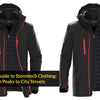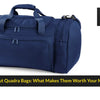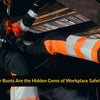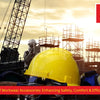Top Safety Tips for Working at Heights
- by Cathy Houghton
Working at heights is something that is completely unavoidable on most construction sites today. While you may just accept that this is part of your job role, there are still certain things you can do to minimise the chance of an accident or injury occurring. Portwest UK offers a wide range of protective equipment and clothing, and alongside heights safety training for your team, this can help to minimise a fall in the future. Keep reading to learn more about our top safety tips for working at any height.
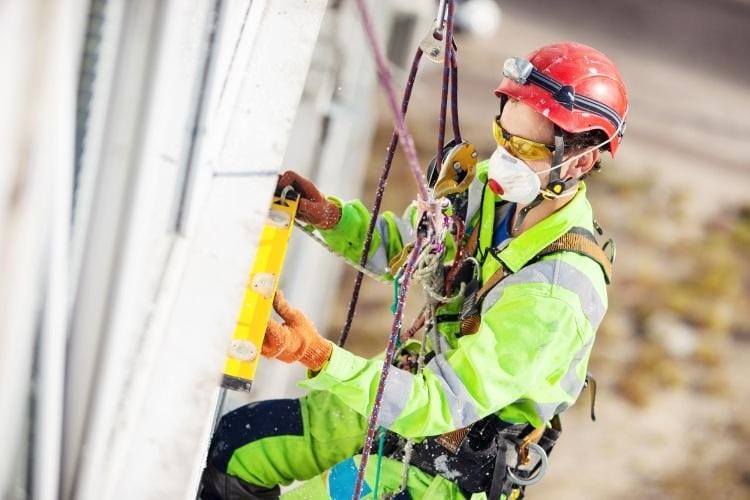
Training Your Team
While you may think that the focus of working at heights would be on the protection and equipment you can offer your team, we always recommend improving your training as the first step in reducing the chance of an accident. Heights safety is something that’s so often neglected by employers, but as well as being part of the law, it’s essential to regularly update your team, so they are fully prepared for working at heights. Sadly, many individuals are severely injured or die each year due to a lack of training and equipment, so equip your team with the knowledge they need to work safely and react properly if an incident does occur. If you notice your team are becoming lazy when working at height, speak to them to ensure they are always focused and putting their health and wellbeing as the top priority.
Add Railings
Adding some form of support, such as a railing, offers you the easiest form of protection for your team when they are working at heights. You don’t need to add any extra equipment or training to benefit from this, and you’ll find railing systems to work with almost any type of construction site. When you add a railing to your construction site, you are immediately offering your team another layer of protection which may be the thing that stops a slip or fall from occurring.
Offer Your Team the Right PPE
Hopefully, you are already offering your team Portwest clothing to carry out their job, including a Portwest overall to protect them from dirt or debris. When it comes to working at heights, ensure your team are wearing properly fitted Portwest UK clothing that will stop them from tripping over in the first place. When working at heights, you’ll need to add a fall arrest system, and you’ll want to ensure you are compliant with the local safety standards. A harness should offer you full protection when working at heights, but it must always fit the wearer correctly. An ill-fitting lanyard and harness can result in a fall or trip, which could cause a fatal injury.
As well as offering your team the right PPE and Portwest clothing, you’ll want to ensure you maintain it. While you might think you have everything in place on your site, there’s no point using expired PPE that might fail due to its age or condition. As an employer, you have the responsibility to check the PPE, but your team also needs to inspect it every time before they use it. As part of your team’s training, ensure they are aware of this fact to avoid any issues further down the line.
The Best Equipment for Working at Heights
When working at heights, it’s important to ensure you are offering your team the right equipment for the job they are working on. No two building sites are exactly the same, so different fall protection solutions will be needed. Sometimes, you’ll find scaffolds to be the best option, but a ladder may do the job for smaller buildings. Lifts are also regularly used on larger projects, and you’ll want to ensure they are properly used and well maintained throughout your time working at heights. When installing any form of equipment to help you work at heights, inspect it regularly. While you may think that this is protecting you, you’ll need to ensure heights safety training is completed on this protective equipment also.
What to Do When an Accident Does Occur
One of the biggest issues within workplaces today is a lack of heights safety training about how to react when an accident does occur. Heights safety doesn’t just revolve around wearing your Portwest equipment and knowing how to operate equipment properly, and also involves your team reacting properly to a fall if one happens. Ensure new members of staff are fully informed about your procedures regarding injuries when working at heights so that they know how to react when an incident does occur.
While working at heights is part of everyday life for many workers, you shouldn’t ever put them into a position where they are risking their health and safety during their time at work. By putting all of these top tips into place in your workplace, you’ll be able to protect your employees when working.


